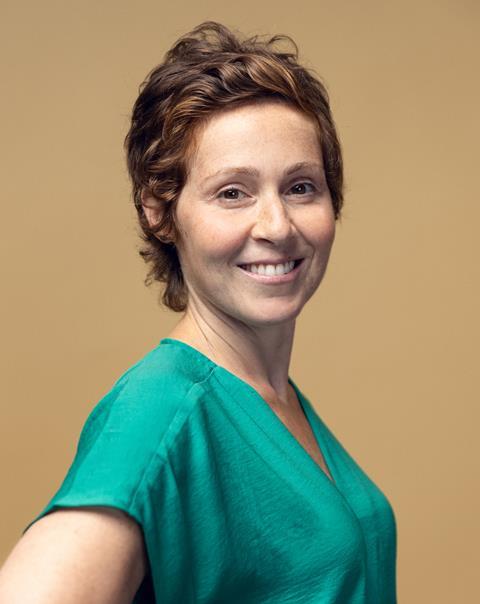YouTube UK head of podcasts and news Sandy Wilheim speaks to Broadcast Sport about best practice on the platform and how it aims to evolve

Surprisingly for what was originally an audio-only format, YouTube has become a key platform for podcasts over the past decade.
The social video platform wasn’t originally designed for this, but its UK head of podcasts and news, Sandy Wilheim, told Broadcast Sport that this is in the process of changing, revealing, “On the audience side we want to create dedicated podcasting listening and discovery experiences, highlighting podcast content on the YouTube homepage.”

This includes making podcast listening a simpler experience, ensuring that people can switch between listening on a phone, to a desktop, and vice versa. Wilheim pictured, “You can imagine that you’re walking to the tube on your mobile, and then you’re in the tube and don’t have a connection. You can then listen to it in the background and before getting to work and listening to it on a desktop. Your experiences across these need to sync up.”
YouTube also hopes to bring in new tools for creators, seeing the recent AI hype as one avenue for this. Wilheim says the company is, “committed to levelling the playing field for creators at all stages, from newcomers to more established ones. For example, by being able to use some of the innovative AI tools that have been coming more recently to simplify content creation and enhance the ability to deliver more visually engaging content.”
However, Wilheim doesn’t believe that podcasts have to be high-end in order to have success through the platform: “Podcasting as a format is more relaxed. It’s a conversation, it’s more intimate. So it doesn’t necessarily have to be in a beautiful studio.” She calls for more focus on creating different types of content, and getting audiences involved with what is being created.
“You have your full length episode, but there is an opportunity to connect with audiences and bring them back to that main piece of content. This can be through little segments on Shorts, slightly longer clips on VOD, or even live if there are big tentpole events,” Wilheim explained, adding, “What we tend to see is that audiences really want, especially with podcasting, to connect and participate. To feel like they are part of that journey with you as a creator.”
All this can help with discoverability, which Wilheim believes is an issue now that the sector is maturing, “We know that in the world of podcasting today, listening is really concentrated at the top end of content that is being produced. Up until now, listeners have been relying on word of mouth or chart lists to discover content or creators, have had to run very big marketing campaigns to get that content discovered.” She also points to YouTube’s position as one of the largest search engines, let alone video platforms, as giving it an advantage here.
Once that content is out there and a podcast is established, creators can’t rest easy, constant re-evaluation is necessary to stay on top. “It’s about reiterating along the way, using tools such as analytics and understanding where audiences are coming from, how they’ve discovered that content, where they originated their journeys.”
Image: The Rest Is Football, produced by Goalhanger





No comments yet